


|
|
||||||||||||||||
|
|
||||||||||||||||
|
|
|||
|
|
London Tower of London 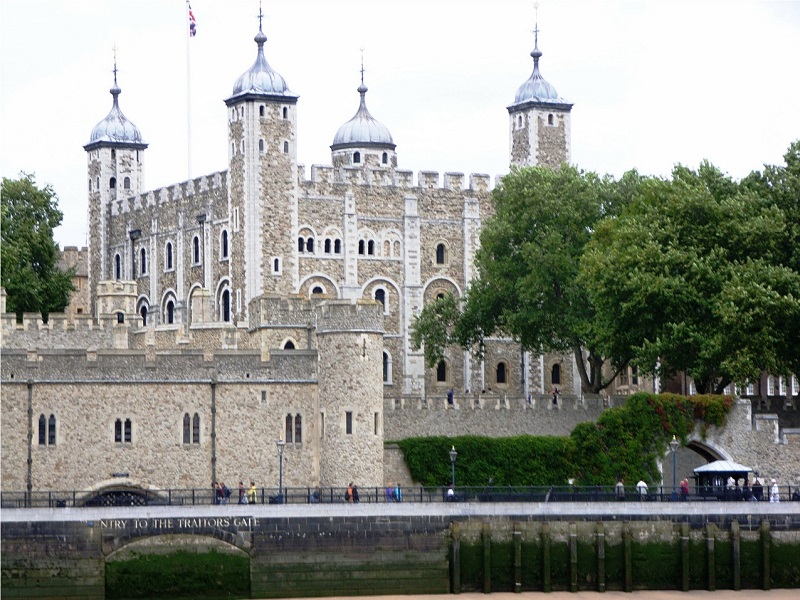
The Tower of London – known as The Tower - has been a Castle, Palace, Prison, Museum, and a place offering a secure repository for the keeping of valuables. Spanning back to the 11th century its history started with the death of Edward the Confessor who died childless in 1066. Edward’s brother-in-law, Harold Godwinson, was crowned king but William, Duke of Normandy, a distant blood relative, claimed he had been promised the throne. This led to William invading England and the defeat of Harold at the Battle of Hastings.
William then set about securing his position by the construction of defensive structures and the construction of the White Tower on the site of what was to become the Tower of London. The Tower was built between 1078 and 1098 by Norman masons who brought some of the stone from Normandy. The White Tower was also built to impress, 90 feet tall and 118 x 106 feet in plan. 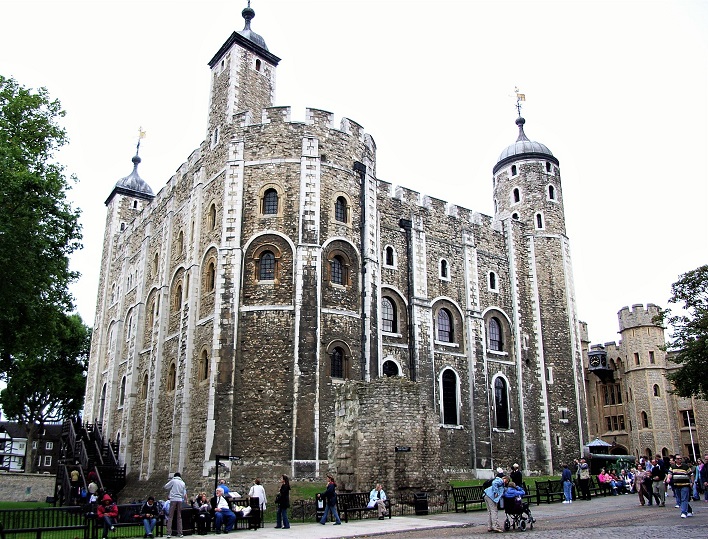 The walls were 15 feet thick at ground level decreasing to 11 feet as it ascended. The walls on the upper floors had narrow slits positioned in wide splays. On the southern side, four pairs of the original double slits remain. In the late 17th and early 18th centuries, all others were replaced by Sir Christopher Wren with the windows seen today. The original single entrance was on the south side and it was reached by an external staircase. There were no doors at ground level. On the first floor of the White Tower is the Chapel of St John the Evangelist where the royal family and the court worshipped. 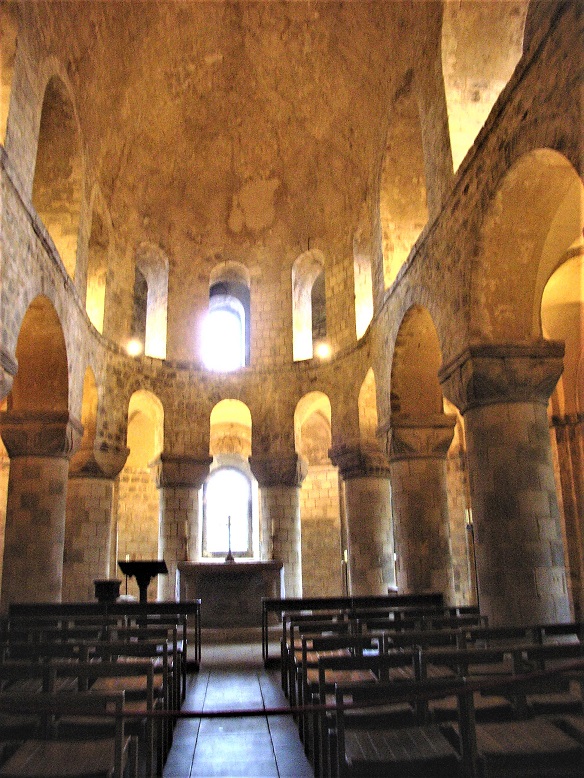 The White Tower is one of the most perfect examples of Norman architecture in Britain. Today it houses exhibits of arms and armour. 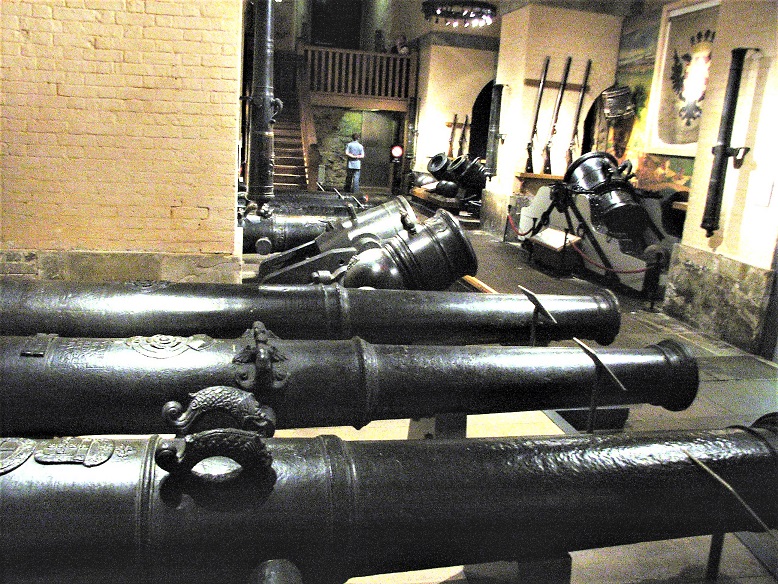  Originally it was protected by the Roman walls on two sides. It also had ditches to the north and west 25 feet wide and 11 feet deep and an earthwork topped by a wooden palisade. The next stage of construction was instigated by Richard the Lionheart (1189-99) before leaving for the Crusade. He left the Tower in the hands of his Chancellor, William Longchamp, Bishop of Ely who added significantly to its defences, doubling the Tower in size. While Richard was away his brother John besieged the Tower, and Longchamp held out until lack of supplies forced him to surrender. Richard regained control on his return to England in 1194, forgiving John and naming him as his successor. When John became King he often stayed in the Tower. A major extension of the Tower included the building of the Wakefield and the Lanthorn Towers which were undertaken by John’s son Henry III (1216-72). Henry had to take refuge from his rebellious Barons at the Tower in 1238 and set about building defensive walls which he reinforced by nine new towers. He also surrounded it with a moat that was linked to the river. It was drained in 2022. In 1240 Henry moved into the Tower on a permanent basis and further developed it with additional buildings, including a church and a great hall, and turned the White Tower into a Palace. When Edward I (1272-1307) came to the throne, he carried out major alterations by filling in the moat and constructing another wall enclosing the existing wall before creating a new moat. The remains of which can be seen today. In 1381, in the reign of Richard II, the Tower was stormed during the Peasants' Revolt. The Archbishop of Canterbury, the Royal Treasurer, a tax official, and a doctor were taken and subsequently executed. Richard and his brother managed to hide, although Richard was eventually thrown into the dungeon at the Tower and forced to give up the throne to Henry IV. One of the most famous stories of the Tower relates to the two princes - Edward V and his brother, Richard, who were the two sons of Edward IV. They were placed in the Tower by their uncle Richard, their Protector. A short while later they disappeared and many believe that Richard was responsible for their deaths, with Richard becoming Richard III. When Henry VII moved into the Tower in 1485 after killing Richard III in a battle, he formed a personal bodyguard called the Yeoman Warders, who to this day still guard the tower and act as guides for tourists. 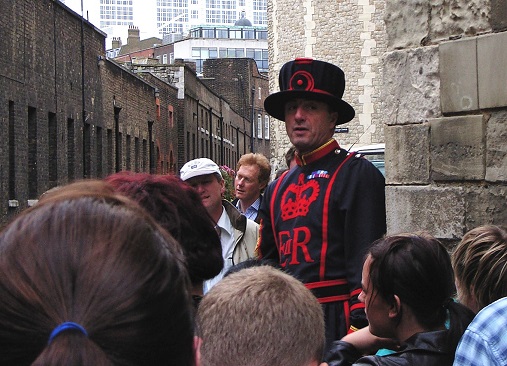 Henry VIII (1509-47) commissioned a range of timber-framed buildings for the use of his second wife, Anne Boleyn, but they were rarely used, and the Tower ceased to be a royal residence. After Henry’s break with Rome, the Tower was extensively used for the imprisonment of religious and political prisoners. The future Elizabeth I was imprisoned in the Tower for two months in 1554, on the order of Queen Mary - her half-sister - as she felt that her throne was being threatened by Elizabeth. Also held in the Tower was Lady Jane Grey, the nine-day queen, before being executed for treason at the age of 16. Anne Boleyn was also held in the Tower before she was executed. Other residents included Guy Fawkes, famous for his part in the Gunpowder Plot; Sir Thomas Moore and Sir Walter Raleigh who spent most of his 13 years of imprisonment in the Bloody Tower with his wife and two children, and his rooms can be seen on a visit. 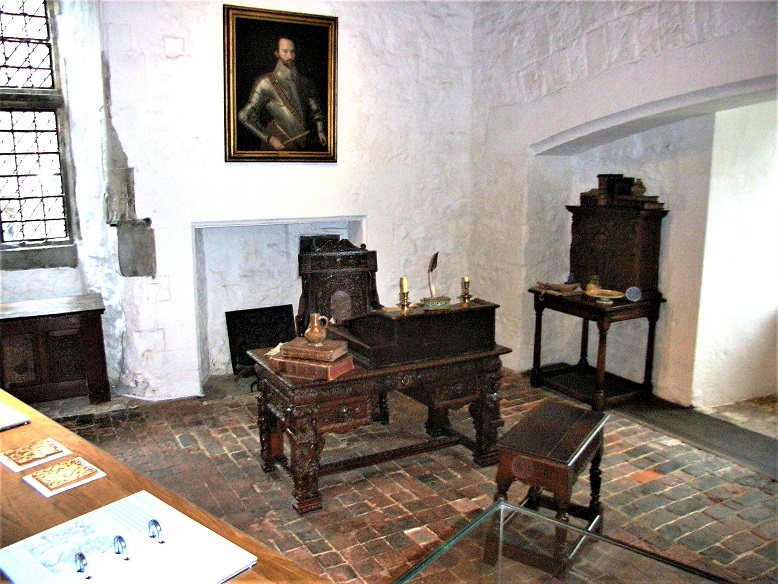 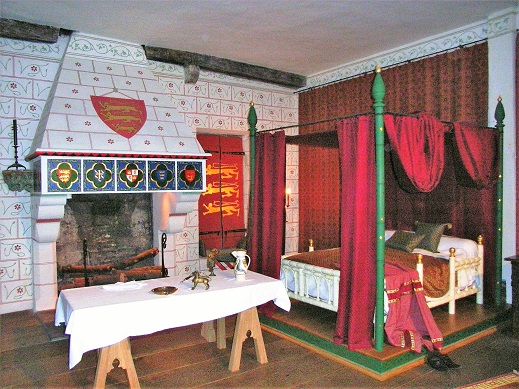 The Bloody Tower was originally known as the Garden Tower due to it being next to the constable's garden. The square-shaped structure at one time served as a gateway to the Inner Ward. It gained its present name in the 16th century because of the events which took place there, including the killing of the two princes. The last execution at the Tower was that of German spy Josef Jakobs by firing squad in 1941. The last prisoners were the Kray twins for a few days in 1952 for failing to report for National Service. Today, visitors enter the Tower along a short causeway to the Middle Tower built in the late 13th century. They then move to the Byward Tower Constructed during the time of Edward I at the end of the 13th Century.  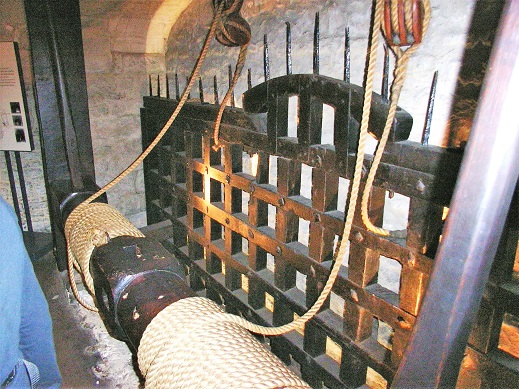 The Byward Tower probably derives its name from “by-the-ward” and gives access to the Outer Ward. It is here that the password is still demanded by the sentry each night as part of The Ceremony of the Keys, the longest continual ceremony. In 1336 Edward III ordered the Tower’s gates to be locked from sunset to dawn and forbade anyone to stay out in the city at night. Which is when the Ceremony of the Keys started. The portcullis can be seen Passing through the Byward Tower archway visitors enter Water Lane. 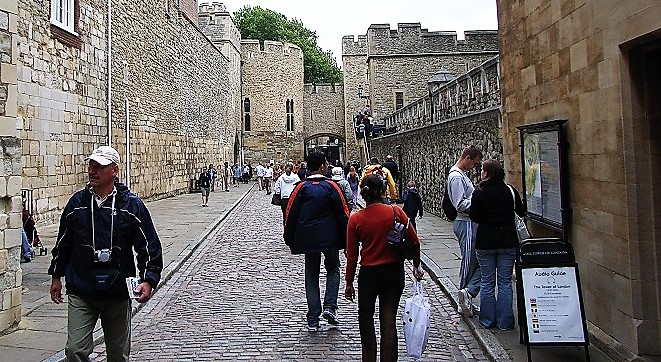 Leading from Water Lane is Mint Street, which is where until 1810, the Royal Mint stood. Along Water Lane is St Thomas Tower built by Edward I between 1275 – 1279 to provide accommodation for the King and a new water entrance to the Tower. This became known as Traitors Gate as prisoners accused of treason were brought to the Tower via this gate. 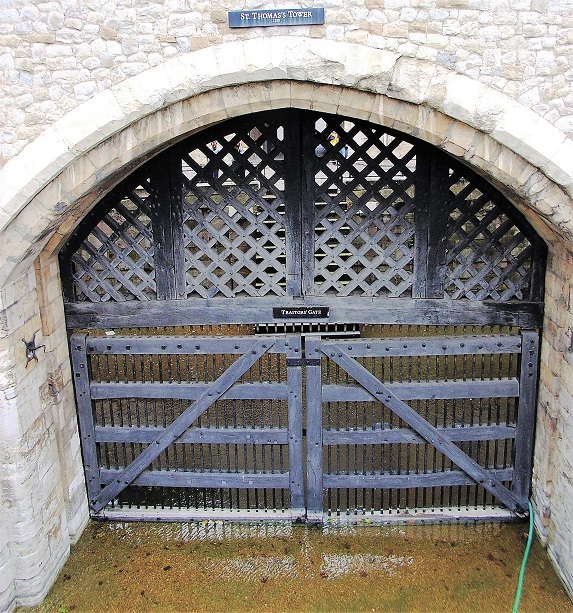 Tower Green was used for the execution of those whose public beheading on Tower Hill might have incited unrest. Anne Boleyn, Catherine Howard, and Lady Jane Grey were beheaded privately on Tower Green. 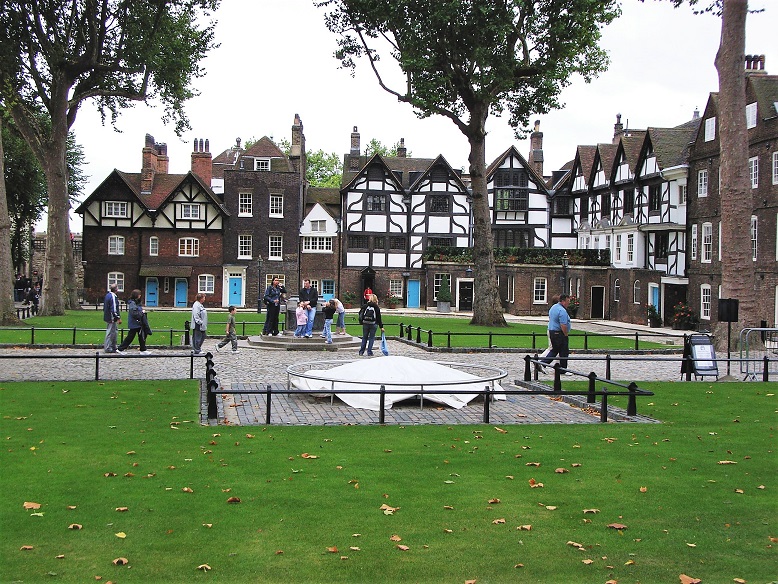 At the side of Tower Green is the Queen's House, built around 1530, probably for Queen Anne Boleyn, she lived there for 18 days while awaiting her execution. The last prisoner to stay in the Queen's House was Rudolf Hess, the Deputy Fuhrer of Nazi Germany. Also at the side of Tower Green is the Chapel Royal of St. Peter ad Vincula (St. Peter in Chains). This is where most of those who were executed on Tower Hill and some from Tower Green, were buried under flagstones.  Within the Tower are eight ravens, and legend has it that if the Ravens ever leave the Tower, England will fall; consequently, their wings are clipped to prevent them from flying away. They are cared for by the Raven Master, a duty of one of the Yeoman Warders.  Visitors are able to see the Crown Jewels which are housed in Waterloo Barracks, built when the Duke of Wellington was Constable of the Tower. 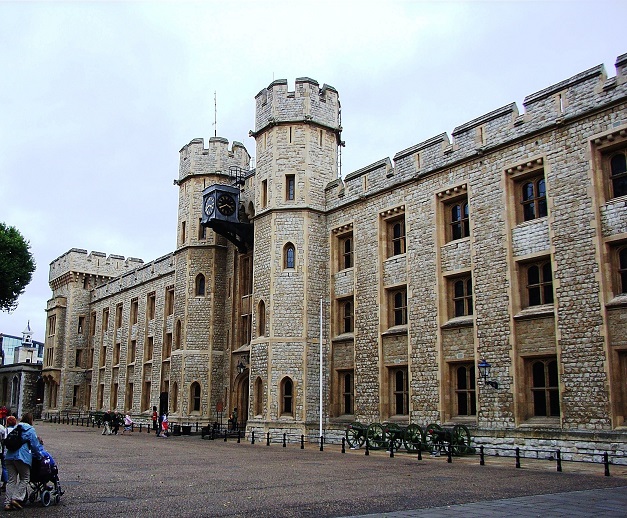 Next to that is the Museum of the Royal Regiment of Fusiliers, which was the first Regiment to be armed with an improved musket, called a fusil. The Tower of London has played a significant part in English history; it has in the past been seen as a symbol of royal power but is now an instantly recognisable symbol of England. To see more photographs and take a virtual tour of the site click on the photoshow below.
Additional information can be found in Encyclopaedia Britannica
|
|
|
|
|
|||
All Photographs were taken by and are copyright of Ron Gatepain
| Site Map |